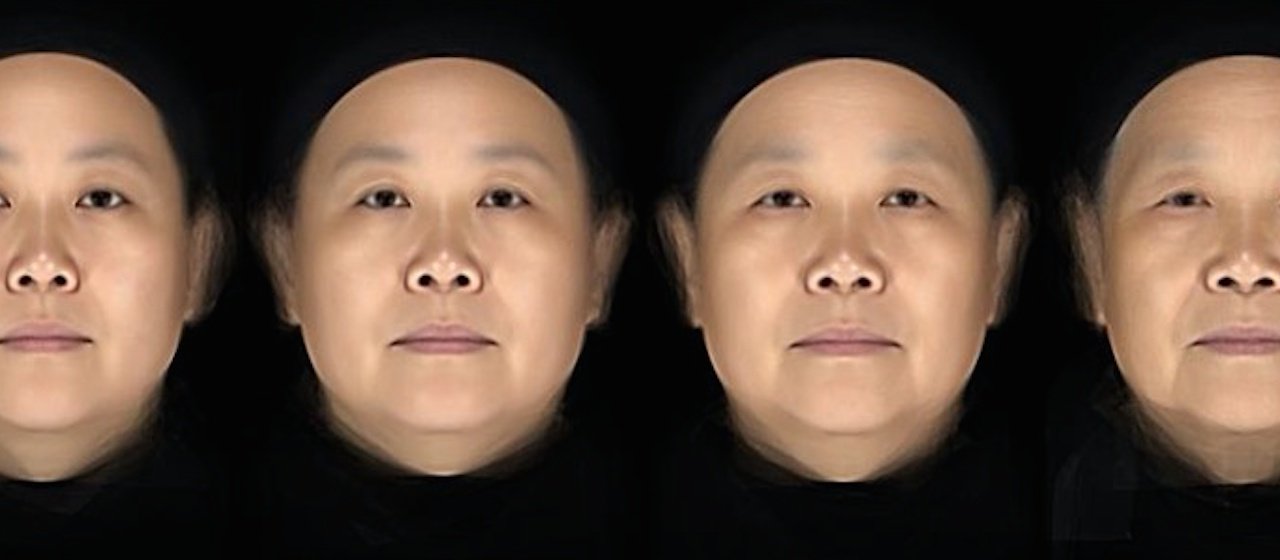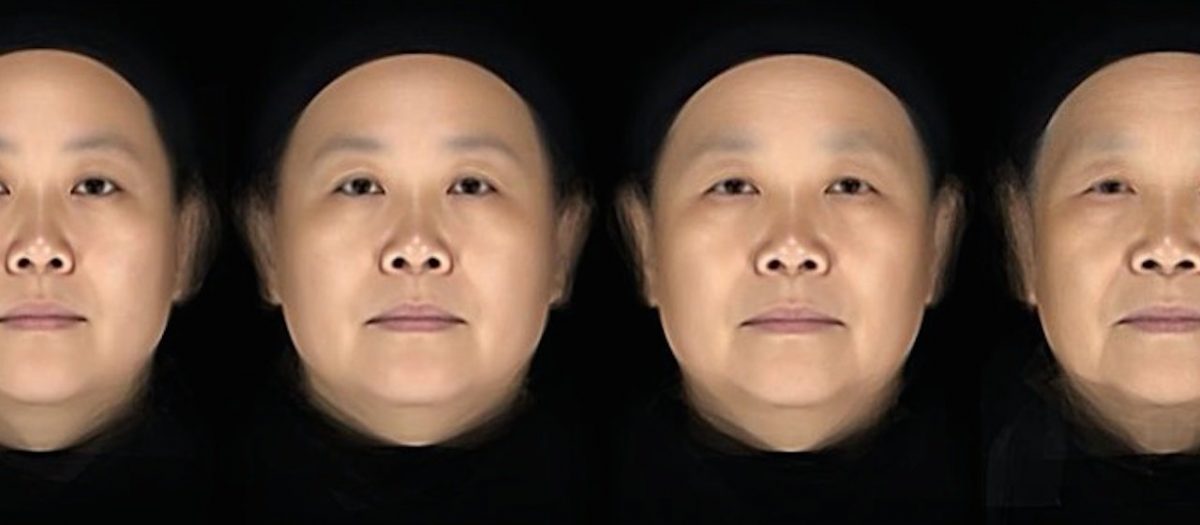LAS VEGAS — It’s no secret that, among legacy industries, beauty has been ahead of the curve with digital innovation, beating other categories to the punch in adopting technology like augmented reality, facial recognition and more. But at the Consumer Electronics Show (CES) this week, beauty brands L’Oréal, a vet of the annual gathering, and Procter & Gamble’s Olay, a newcomer, presented their most forward-looking offerings to date, bridging the often complicated intersections between software, hardware, data and retail and healthcare experiences.
“What our [CES] focus has always been at L’Oréal is on product: one really breakthrough technology that, every year, we can bring here,” Guive Balooch, the head of the company’s tech incubator, told Marketing Dive during his sixth trip to the show and fourth with L’Oréal as an exhibitor.
Marketing Dive got to see early demos of both companies’ latest innovations Tuesday, including L’Oréal’s My Skin Track pH by La Roche-Posay wearable and Olay’s Future You Simulation — an algorithm that ages up photos of users to estimate what their skin will look like years down the line. Not yet available to U.S. consumers, these pilot-stage projects still help paint a picture of how beauty marketers are focusing on scientific research and incubator programs to map out successful approaches to marketing personalization and deepen customer relationships over the long term, which could be essential to remaining on the leading edge of an incredibly competitive industry.
“Two years ago when we went to Mobile World Congress, people were like, ‘wow, artificial intelligence and beauty, that’s kind of novel and unheard of,'” Frauke Neuser, Olay’s principal scientist, told Marketing Dive. “But now it’s AI everything and smart everything — people expect artificial intelligence and smart devices in every aspect of their lives. Why wouldn’t they expect it in beauty?”
Test and learn
A common thread between L’Oréal and Olay’s showcase products at CES this week is long development periods, with months or sometimes years of research, internally and through outside partners, informing designs. L’Oréal’s new, dissolvable pH measuring device, for instance, was created by working over a long period with both its internal dermatology skincare brand La Roche-Posay and third-party partner Epicore Biosystems, whose technology is based on decades of soft wearables research from Northwestern University.
“We want to make sure that the recommendations that we give to consumers are really actionable,” Balooch said. “That sounds easy but we’re in skincare, and skincare takes time, especially with cosmetics and beauty.”
L’Oréal plans to introduce its patches to select dermatologists closer to Q3 this year, according to Balooch, with hopes to have broader direct-to-consumer offerings available not long after that. The deliberate pace of the rollout could help ensure the brand is not prioritizing form over function, a recurring issue in the wearables category.
“The challenge is ensuring that the integrity of the science is high and that the technology is designed beautifully and seamlessly,” Balooch said. “Every time we try to make technology look beautiful, we start to play the game of how accurate we have to make it.”
Similarly, Olay has been offering the Future You Simulation in China to test out potential avenues for the service, and Neuser suggested that any U.S. iteration of the product could be more robust.

Olay’s Future You Simulation intends to provide users a glimpse years or even decades into their skincare future.
Olay
The P&G brand additionally revealed that it will debut a Skin Decoder smartphone camera attachment for taking better selfies — with an aim toward clinical-quality images — in Chinese department stores in February. Looking further even ahead, it previewed a product suite concept called Olay Labs that, in a few years, intends to monitor consumer’s daily circumstances and provide catered skincare solutions to them in real-time.
If the idea sounds extreme, Neuser acknowledged that even personalization can be taken a step too far for some consumers.
“With Olay Labs, I would call this a learning experiment,” Neuser said. “We’re putting it out there, it’s smaller numbers, we’re learning iteratively with our consumers: is this the right thing to do?”
“It’s important to have big platforms to give us the scale, but also to have those learning experiments, because we know a lot but we don’t know everything and new technologies become available all the time,” she added.
Building out an ecosystem
Even as many beauty marketers’ tech experiments remain exactly that — experiments — they signal how brands in the space are attempting to build out richer proprietary digital platforms in order to continue to innovate.
“We’re not tech players,” Balooch said. “We’re trying to be a tech company eventually — a beauty tech company.”
L’Oréal’s dissolvable patch, purportedly an industry first, is complex, with “intricate, micro-fluidic geometries” involved in the process, per Epicore’s Co-Founder and CEO Roozbeh Ghaffari. But it can also provide results in minutes by linking to L’Oréal’s existing My Skin Track app ecosystem, which also offers measurements around UV rays through a different wearable integration.
Many of Olay’s CES goodies also build on the deep learning-powered Skin Advisor platform it launched two years ago. Skin Advisor is now available in more than 11 countries and has received more than 5 million visits, per company stats shared with Marketing Dive.
“We own all of the data, we own the dashboard,” Neuser said. “We can learn, in real-time, how people are actually using the platform.”
The success of newer offerings that do take off like Skin Advisor could ultimately be an important way for beauty marketers to win over new customers, such as those outside of their usual target demos. Olay typically markets to older women compared to competitors, for example, but that could start to change.
“Interestingly, by introducing some of these disruptive technologies and digital innovations, we’re also talking more to a younger consumer that we want to get into the brand,” Neuser said.

